The La Jolla United Methodist Church chapel has an interesting and unconventional history. Designed by Eugene Hoffman, the original building was constructed in 1924 as a passenger station and power substation by the San Diego Electric Railway, San Diego’s streetcar line. This SDE line was built on the roadbed of the previous LA & San Diego Beach Railroad, which served La Jolla from 1894 to 1917. When the line was complete, the station was the first stop after the downtown La Jolla terminal and it was a thirty minute trip to downtown San Diego. Located at Mira Monte Avenue near the Hermosa tract, the $50,000 terminal was the first of many substations throughout San Diego patterned after California’s missions. Named the San Carlos Station, it adopted the Spanish Colonial architectural style of the Royal Presidio Chapel of Monterey, California built in 1794.
Adjacent to the north of the station, construction on the $60,000 Fine Arts and Administration Building began in 1927 and it opened to the public in 1928. Community planners envisioned the Spanish style building as the hub of activity for visitors and residents, an attraction for passing motorists, a public representation of the Hermosa community, and the beginning of a $500,000 assortment of retail shops, professional offices, and studios. In 1929, the railway planned an upscale restaurant for the San Carlos station with the intention of attracting locals and visitors. Although briefly converted into a school for aviators during World War II, the Administration Building housed the La Plaza restaurant and El Toro Bar, a popular spot favored by celebrities for food prepared over an open-pit barbecue, for nearly ten years.
After the trolley made its final run in 1940, the San Carlos terminal served for several years as an art school, then was largely in disuse until 1954 when the La Jolla United Methodist Church bought the building. The church had been meeting at the Casa de Manana retirement home in downtown La Jolla and was seeking a facility for its expanding congregation. It initially used the front substation as a chapel, eventually holding three services on Sunday mornings. Membership growth necessitated the purchase of the La Plaza restaurant (which had relocated to downtown La Jolla and now is known as Jose’s Court Room) and El Toro Bar facilities adjoining the chapel in 1956. The El Toro Bar lease ran for three more years and placed the church in the awkward position of owning an establishment that dispensed alcohol. The Methodist Church maintained the lease agreement, but the income did not fund any church related activities. Remodeled by church members and architect, Thomas Sheperd, the restaurant became the new church sanctuary and the bar the library/meeting room in 1959 and housed the Methodist congregation for the next ten years. This space was converted to a fellowship hall in 1970 with the construction of a new sanctuary, Memorial Hall, and church offices south of the chapel.

Dedicated on February 12, 1956, the San Carlos terminal building has been used as a sanctuary, meeting space, youth room, and storage area for the past almost sixty years and remains a very impressive landmark in La Jolla for what was primarily constructed to be a power substation. The old passenger waiting area at the rear of the building has been enclosed, serving now as the church’s youth center. The chapel’s interior was redecorated in its original Spanish Colonial style in 1980, and today serves the congregation of La Jolla United Methodist Church and the community as a place of worship, weddings, memorials, and family gatherings.
